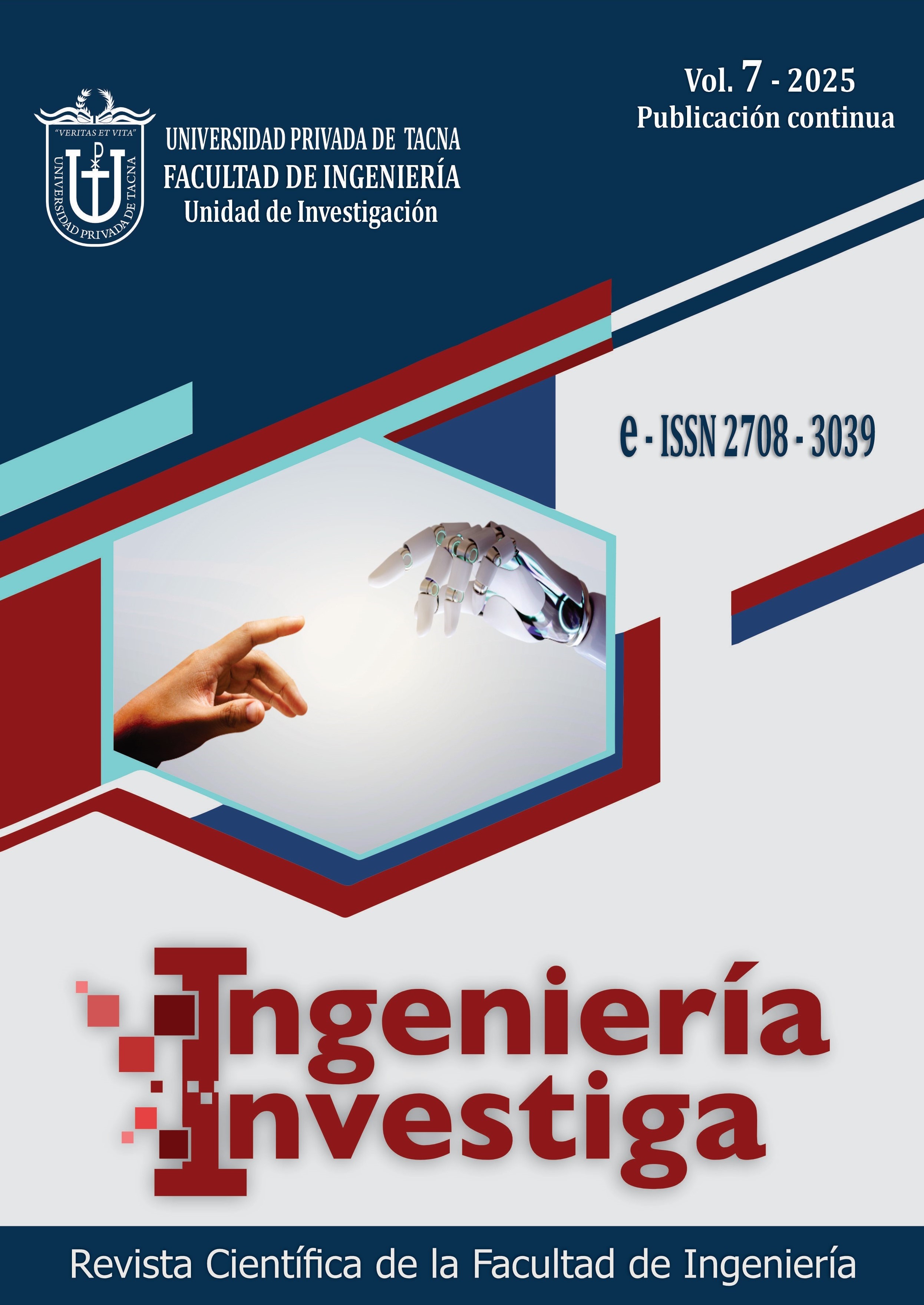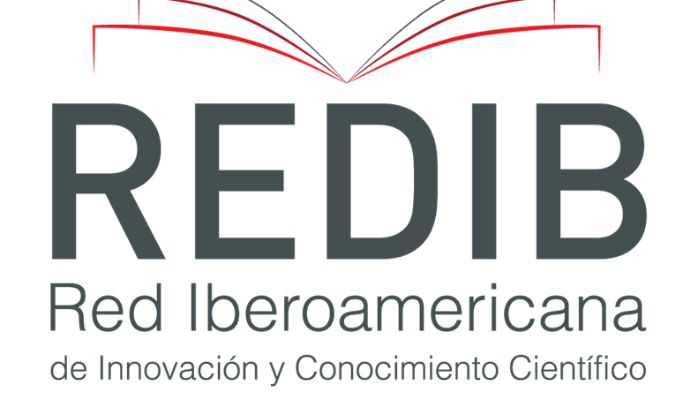Comparative study of quality parameters in pomace flour from two varieties of Vitis vinifera
DOI:
https://doi.org/10.47796/ing.v7i00.1271Keywords:
proximate analysis, wine residues, sustainability, valorizationAbstract
The valorization of agro-industrial by-products constitutes a key strategy for the development of sustainable ingredients. In this context, grape pomace, a residue generated during winemaking, represents a potential source of bioactive compounds and nutrients with applications in the food industry. The objective of this study was to evaluate and compare the proximate composition of flours produced from pomaces of two Vitis vinifera varieties (Negra Criolla and Italia), in order to identify relevant nutritional differences. Fresh pomaces were collected, subjected to drying, milling, and subsequent proximate chemical analysis following standardized methods. The results showed no significant differences in ash content (U=3.00; p=0.51), carbohydrates (U=1.00; p=0.12), moisture (t=0.99; p=0.37), crude fiber (t=-1.34; p=0.25), and total energy (t=-1.33; p=0.25). However, significant differences were found in total protein (t=-6.38; p=0.00) and crude fat (t=-4.40; p=0.01), with higher levels in the Negra Criolla variety. Overall, Italia presented higher values of moisture and carbohydrates, whereas Negra Criolla exhibited greater contents of protein, fat, ash, fiber, and energy. These findings demonstrate that grape pomace flours present a differential nutritional profile depending on the variety, which broadens their potential applications in food formulations.
Downloads
Downloads
Published
How to Cite
Issue
Section
License
Copyright (c) 2025 Leo Ulises Michaell Tirado-Rebaza, Efren Eugenio Chaparro Montoya, Juan Carlos Tejada Vizcarra, Grecia Solange Gómez Cáceres, Alberth Jhon Maita Vilavila

This work is licensed under a Creative Commons Attribution 4.0 International License.








